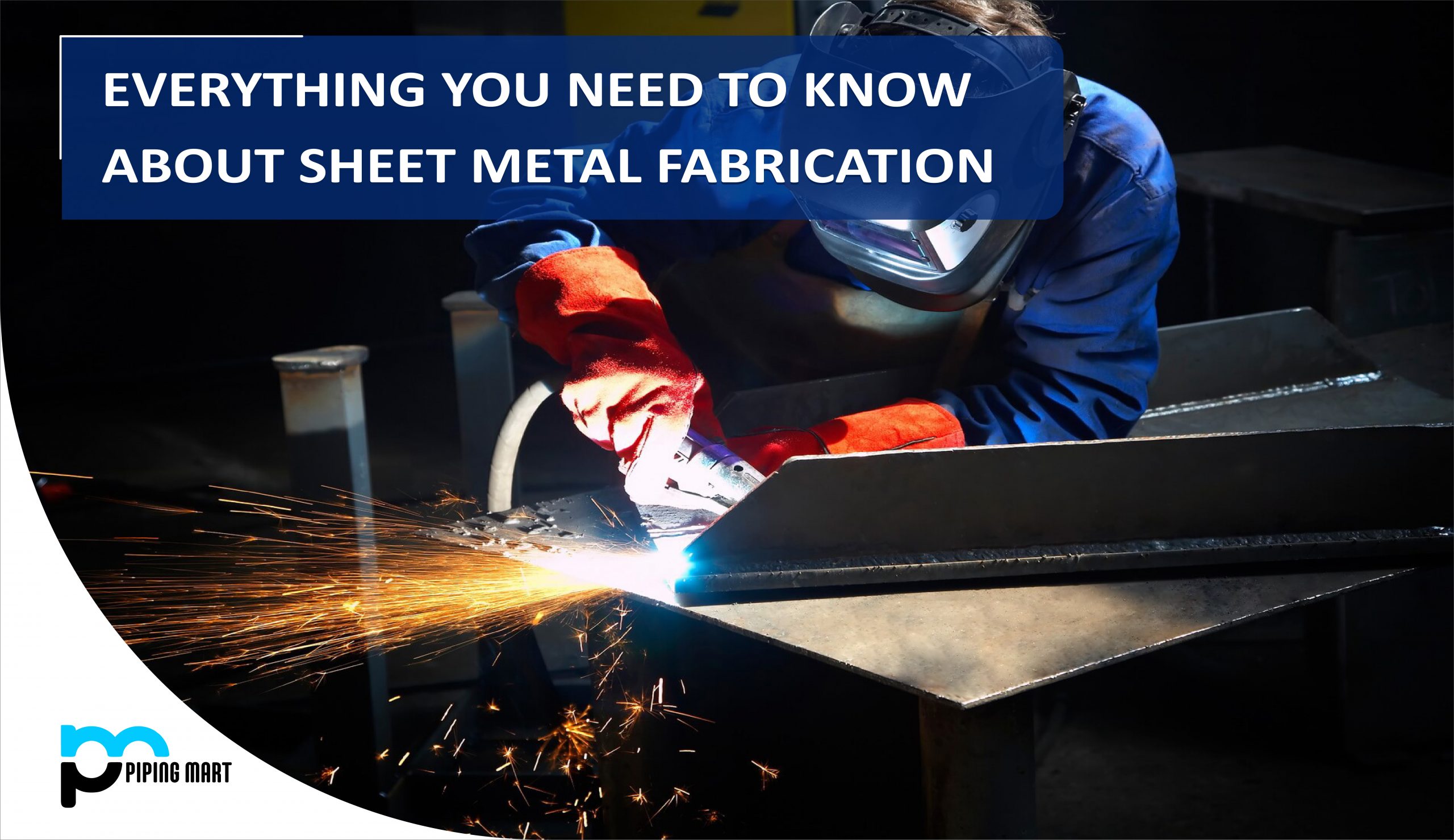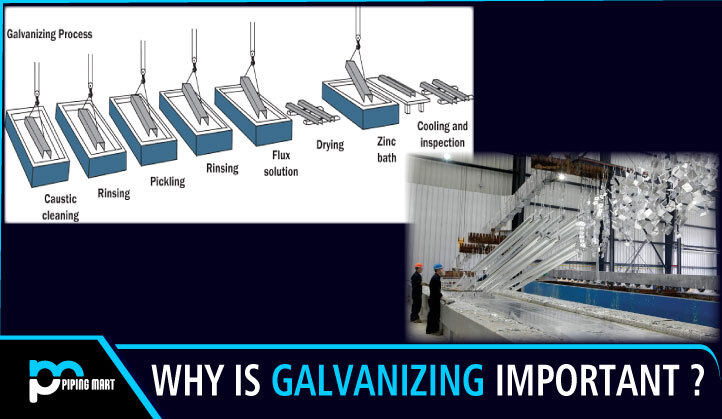Sheet metal fabrication is the process of creating usable metal parts and structures with the use of numerous fabrication methods. Sheet metal fabrication is a broad term that comprises a variety of complex methods such as cutting, forming, bending, welding, machining, and installation. Fabrication shops are facilities that perform sheet metal fabrication techniques. The materials, processes, and tools required for sheet metal fabrication will be discussed in this article.
What is Sheet Metal Fabrication?
Sheet metal fabrication is the way of transforming flat metal sheets into useable products. This method uses a series of specialized tools to transform sheet metal into useful parts with a minimum of effort. It is a value-added process that involves the creation of machines, structures, or parts based on engineering drawings, which generally serve as the instruction sheet for producing a final product from the base metal.
Several Materials Used in Sheet Metal Fabrication
Many different types of sheet metal are available which are useful for various manufacturing techniques. The metal used is chosen by the final use of the manufactured components. The following metals and alloys are often used in the sheet metal fabrication process:
- Stainless Steel
- Brass
- Bronze
- Copper
- Aluminized steel,
- Galvanized steel,
- Titanium
- Carbon Steel
- Aluminum
- Magnesium
Process Steps in Sheet Metal Fabrication
The steps that are usually followed in the sheet metal fabrication Process are:
- Working with blueprints: The first phase in the metal fabrication process is to make blueprints that will be used to define the sheet metal product specifications for making rough drawings.
- Creating a final shop drawing: Final engineering drawings are generated after many rounds of reviewing the rough drawings and computations. It is assumed that the finished product satisfies all standards and criteria. The final designs contain detailed estimates of sheet metal stress levels and load constraints to define the fabrication process steps.
- The metal fabrication process:<span style=”font-weight: 400;”> Cutting, bending, welding, forming, joining, and finishing are all steps involved in the sheet metal fabrication process.
- Product finishing: After the fabrication of the component is complete, the product must go through product finishing steps such as sandblasting, brushing, polishing, powder coating, plating, and so on. The product will be available for commercial usage after this stage.

Pipingmart is B2B portal specializes in industrial, metal and piping products. Also, share latest information and news related to products, materials and different types grades to help business dealing in this industry.




